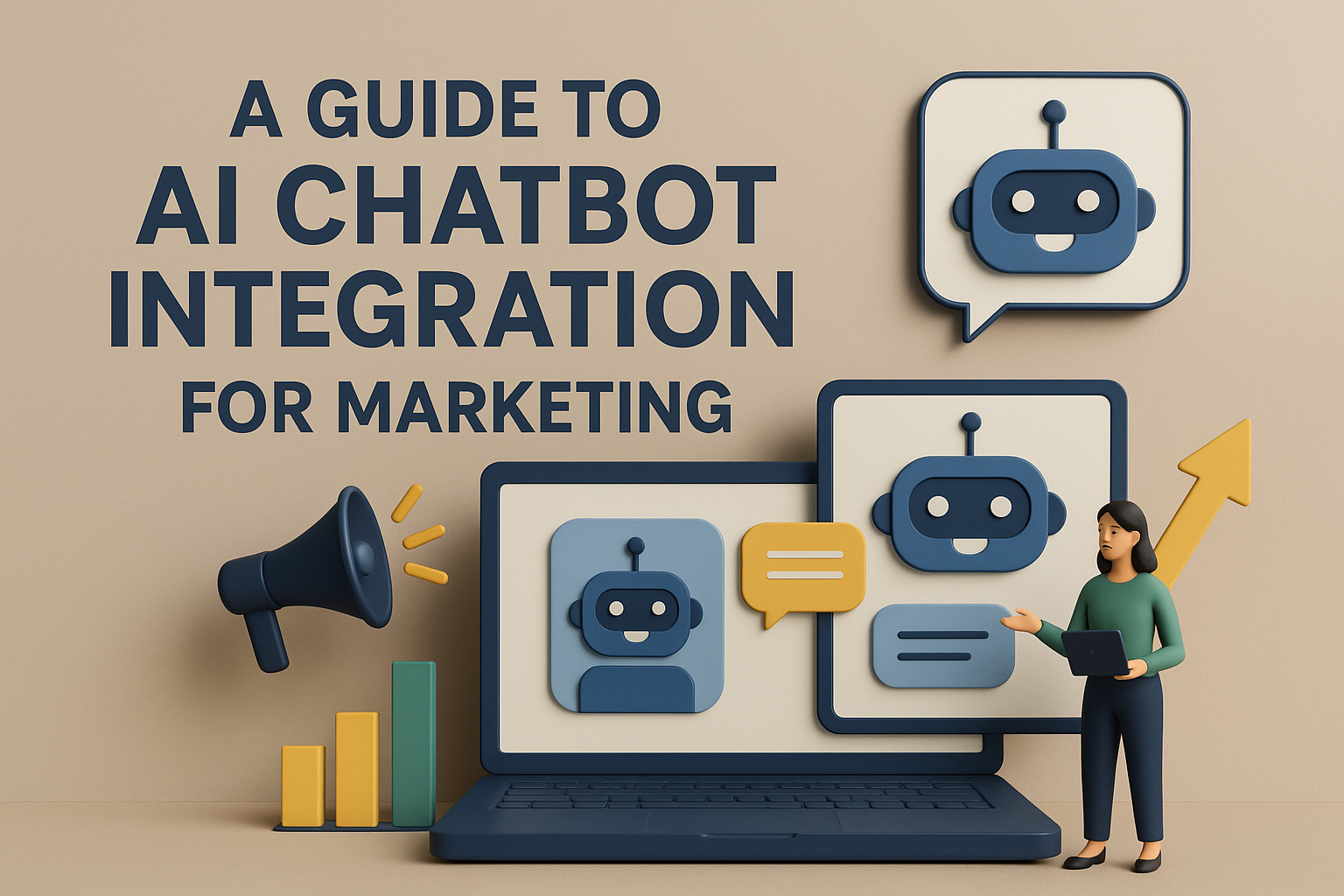The digital marketing landscape has undergone a seismic shift. No longer just a tool for scheduling emails or automating basic workflows, digital marketing automation has evolved into the central nervous system of hyper-personalized, data-driven customer experiences. What was once a convenience is now a necessity, powered by advancements in Artificial Intelligence (AI), Machine Learning (ML), and a profound understanding of individual customer journeys.
If your automation strategy is stuck in 2020, you’re not just falling behind; you’re becoming invisible. The future demands a proactive, intelligent, and deeply integrated approach. Let’s explore the key pillars shaping the future of digital marketing automation and how you can leverage them to dominate the competitive digital arena.
1. AI as the Brain: Predictive Personalization at Scale
The most significant driver in the future of digital marketing automation is Artificial Intelligence. AI isn’t just assisting; it’s leading the charge, transforming generic segments into individual conversations.

How it Works in 2026:
- Predictive Analytics: AI models analyze vast datasets – browsing history, purchase patterns, social media interactions, sentiment analysis, and even real-time behavioral cues – to predict the next best action for each individual customer. This means knowing what product they’re likely to buy, what content they’ll engage with, or even what question they’re about to ask, before they do.
- Dynamic Content Generation: AI doesn’t just recommend existing content; it helps create it. From personalized email subject lines and body copy to dynamically generated landing page layouts and product recommendations, content is now assembled on-the-fly, tailored to the individual’s current context and predicted needs.
- Sentiment-Driven Journeys: AI analyzes customer sentiment across all touchpoints. A negative social media comment or a frustrated chatbot interaction can trigger an immediate, empathetic, and automated response – perhaps a personal outreach from a customer success rep, a proactive discount, or a support article delivered directly.
Impact: Generic customer journeys are dead. AI ensures every touchpoint, from initial awareness to post-purchase support, feels uniquely crafted for the individual, fostering unparalleled engagement and loyalty.
2. The Omnichannel Orchestra: Seamless Experience Across All Touchpoints
The customer journey in 2026 is rarely linear. It spans websites, mobile apps, social media, email, messaging apps, in-store interactions, and even emerging metaverse platforms. The future of digital marketing automation lies in orchestrating these disparate touchpoints into a single, cohesive, and continuous experience.

How it Works in 2026:
- Unified Customer Profiles: All customer data, regardless of its origin (CRM, CDP, analytics tools), converges into a single, real-time profile. This 360-degree view empowers automation systems to understand the customer’s full history and current context.
- Cross-Channel Handoffs: A customer who starts a chat on your website, moves to your mobile app, and then checks their email will experience a seamless transition. The automation system knows their journey status and ensures relevant information and offers are presented on each channel, avoiding repetition or disjointed communication.
- Contextual Triggering: Actions on one channel trigger intelligent responses on another. For example, viewing a product in-store (via beacon technology or QR scan) could trigger a follow-up email with related products or a limited-time offer when the customer leaves.
Impact: Brands provide a frictionless experience, meeting customers where they are with messages that feel timely, relevant, and consistent, regardless of the channel they choose.
3. Conversational AI: Beyond Basic Chatbots
Chatbots have been around for a while, but the future of digital marketing automation sees them evolve into sophisticated Conversational AI agents, capable of complex interactions and genuine problem-solving.

How it Works in 2026:
- Natural Language Understanding (NLU) & Generation (NLG): Powered by advanced LLMs, these agents understand nuanced human language, intent, and even sarcasm. They can generate human-like responses, conduct multi-turn conversations, and even proactive initiate engagement based on user behavior.
- Proactive Engagement: Instead of waiting for a question, these AI agents can proactively offer assistance, suggest relevant products, or guide users through complex processes, all based on their journey stage and predicted needs.
- Integration with Backend Systems: Conversational AI is deeply integrated with CRM, inventory, and support systems. This allows them to provide real-time information – check order status, update account details, or even process simple returns – without human intervention.
Impact: Customers receive instant, intelligent support and personalized guidance 24/7, freeing up human agents for more complex, high-value interactions.
4. Low-Code/No-Code Empowerment for Marketers
As automation becomes more complex, the tools to manage it are becoming simpler. The future of digital marketing automation empowers marketers, not just developers, to design and deploy sophisticated automated campaigns through intuitive low-code/no-code platforms.

How it Works in 2026:
- Visual Journey Builders: Drag-and-drop interfaces allow marketers to map out intricate customer journeys, complete with conditional logic, decision points, and multi-channel touchpoints, without writing a single line of code.
- Pre-built Templates & AI Suggestions: Platforms offer intelligent templates for common scenarios (onboarding, abandoned cart, win-back) and use AI to suggest optimal pathways or A/B test variations based on industry best practices and internal data.
- Real-time Analytics & Optimization: Marketers gain immediate insights into campaign performance, allowing them to iterate and optimize journeys on the fly, directly within the automation platform.
Impact: Marketers can rapidly adapt to changing market conditions and customer behaviors, deploying sophisticated automation strategies with unprecedented speed and agility.
5. Ethical AI and Data Privacy: The Foundation of Trust
With great power comes great responsibility. The future of digital marketing automation is inextricably linked to ethical AI practices and robust data privacy. Trust is the ultimate currency, and automation built on transparency and respect for privacy will be the only sustainable path.

How it Works in 2026:
- Transparency in AI: Customers will have clearer visibility into how their data is used to personalize experiences and the logic behind AI-driven recommendations.
- Privacy-Enhancing Technologies (PETs): Automation systems will increasingly incorporate PETs like federated learning and differential privacy, allowing for data analysis and personalization without compromising individual privacy.
- Consent Management: Granular consent management will be integrated directly into automation platforms, ensuring that every personalized message and automated interaction respects explicit user preferences.
Impact: Brands build deeper trust with their audience, ensuring that powerful automation tools are used responsibly and ethically, creating long-term relationships built on mutual respect.
The future of digital marketing automation in 2026 is not about replacing human creativity; it’s about amplifying it. By embracing AI, true omnichannel integration, advanced conversational interfaces, user-friendly tools, and an unwavering commitment to ethics, marketers can transcend traditional limitations, deliver unparalleled customer experiences, and achieve unprecedented growth. The era of intelligent, empathetic automation is here – are you ready to lead the charge?


